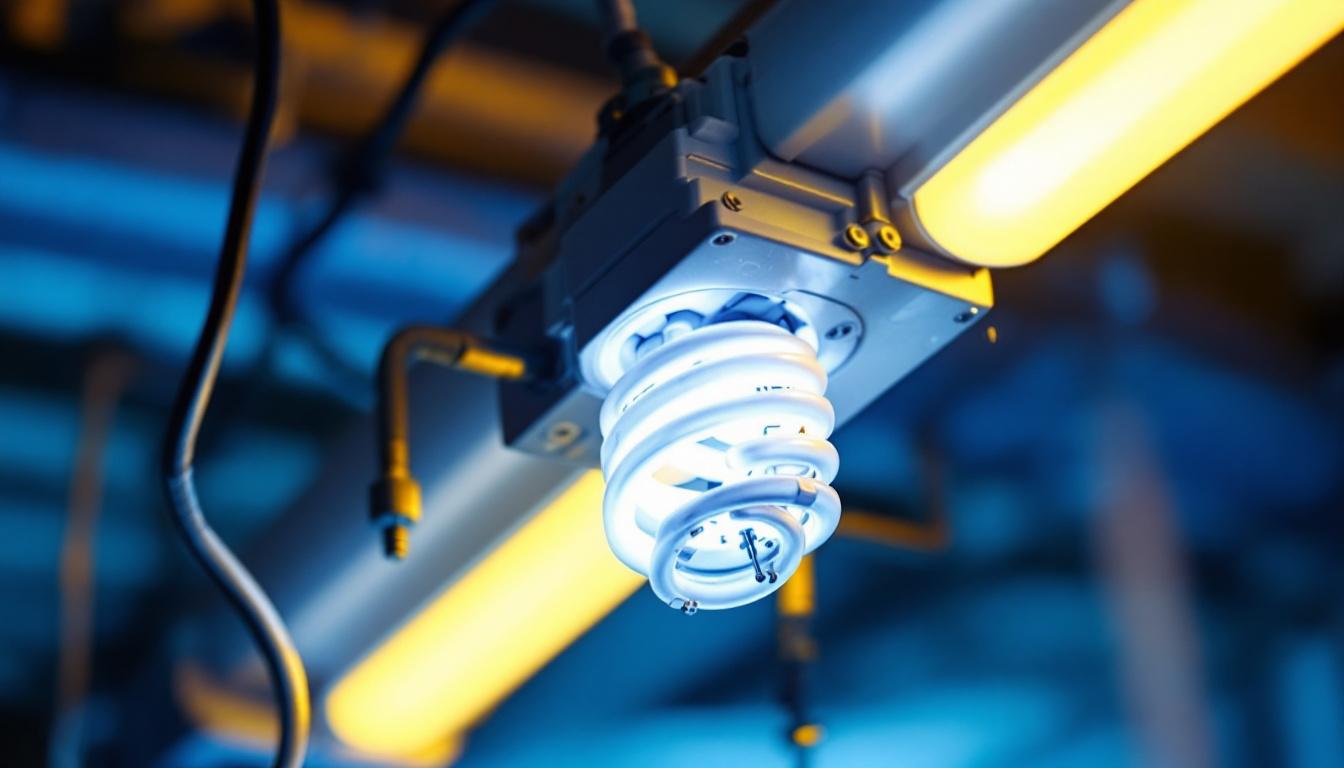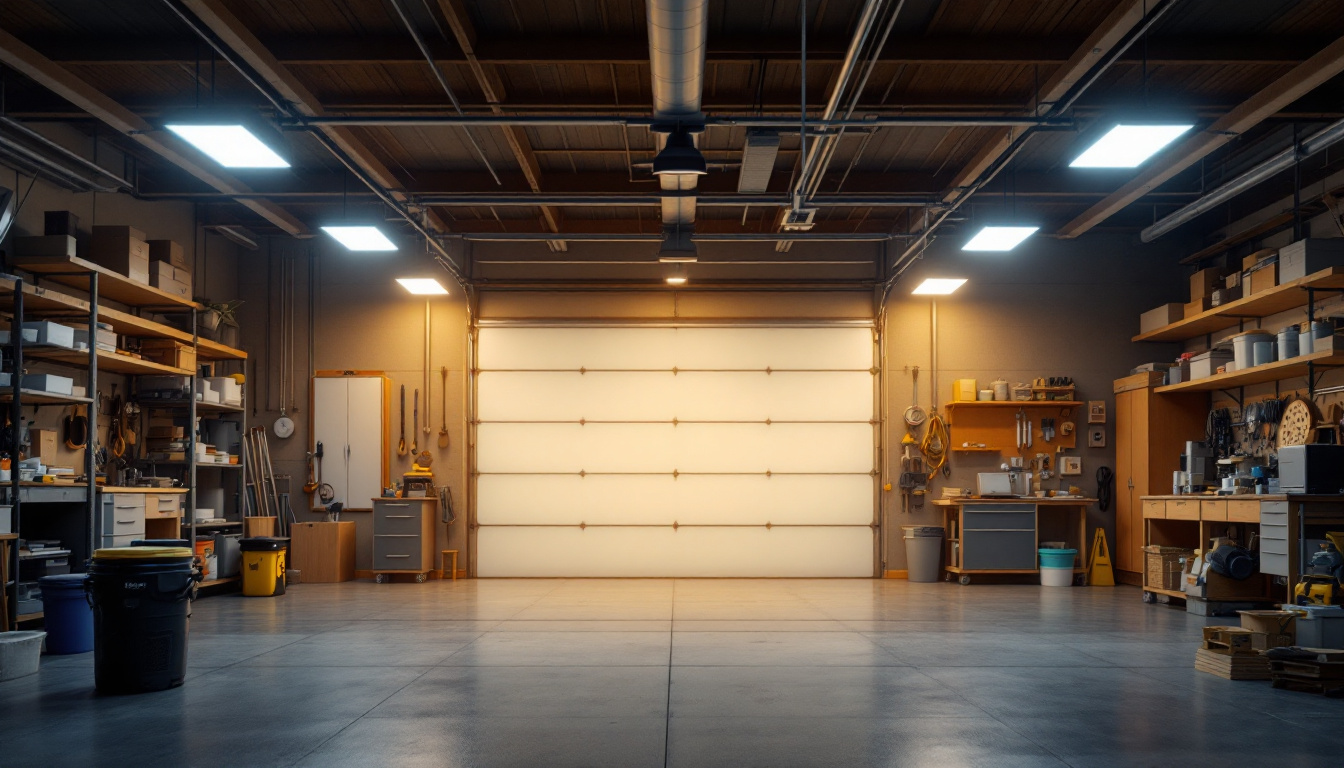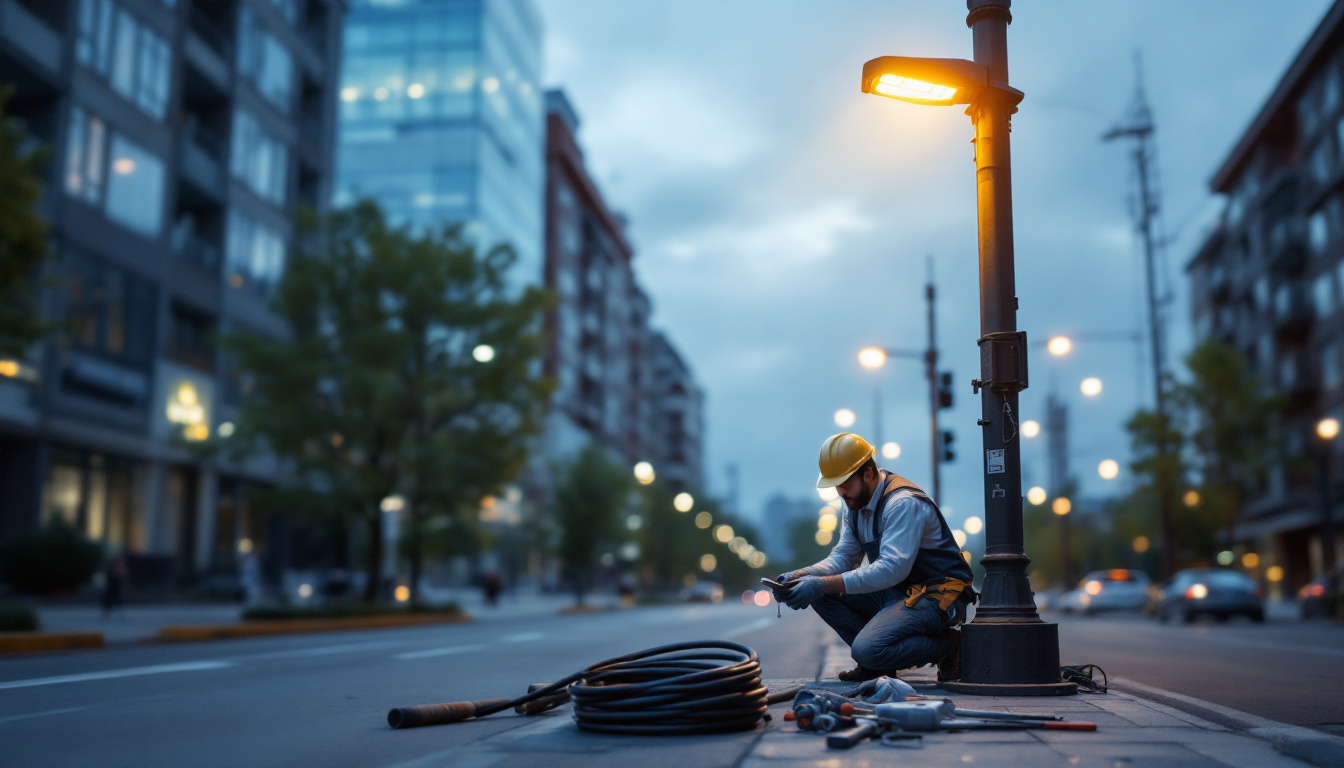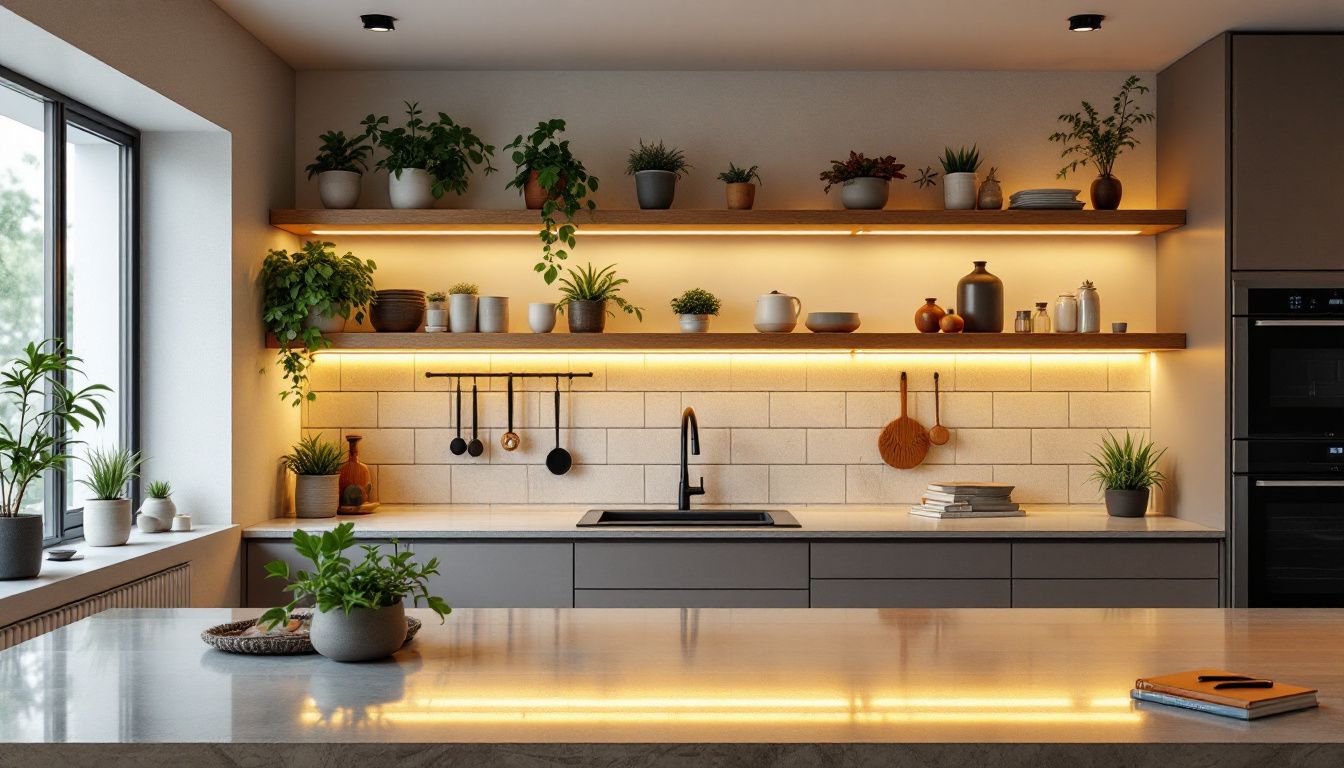
In the realm of lighting installations, the components that may seem trivial often play a pivotal role in ensuring functionality and efficiency. Among these components, the fluorescent bulb socket stands out as a critical element. Understanding its importance can enhance the quality of lighting installations and contribute to the longevity of lighting systems.
Fluorescent bulb sockets, also known as lamp holders, are the fixtures that secure fluorescent bulbs in place while providing the necessary electrical connections. These sockets come in various types, each designed for specific applications and bulb styles. Their design is not merely for holding the bulb; it encompasses safety, efficiency, and ease of use.
Fluorescent bulb sockets can be categorized primarily into two types: medium bi-pin sockets and single pin sockets. Medium bi-pin sockets are the most common, featuring two pins that fit into corresponding holes in the bulb. This design allows for a secure connection and easy replacement of bulbs. On the other hand, single pin sockets, often found in specialized applications, require a different approach to installation and maintenance.
Another important category is the G5 and G13 sockets, which refer to the spacing between the pins. Understanding these distinctions is essential for contractors to ensure compatibility between bulbs and sockets, thereby avoiding installation issues that could lead to inefficiencies or failures. Additionally, there are also specialized sockets like the R17d, which are used in compact fluorescent lamps (CFLs) and require a unique installation method. Each type of socket is engineered to meet specific electrical standards, ensuring that the bulbs operate safely and efficiently.
The materials used in the construction of fluorescent bulb sockets significantly impact their performance and durability. Common materials include thermoplastic and metal, each offering unique advantages. Thermoplastic sockets are lightweight and resistant to corrosion, making them suitable for various environments. In contrast, metal sockets tend to provide better heat dissipation, which can be crucial in high-temperature settings.
Choosing the right material for a specific application can enhance the lifespan of both the socket and the bulb, ultimately leading to reduced maintenance costs and improved lighting performance. Furthermore, the choice of materials can also influence the socket’s ability to withstand environmental factors such as humidity and exposure to chemicals, which is particularly important in industrial settings. For example, sockets designed for outdoor use often incorporate UV-resistant materials to prevent degradation from sunlight, ensuring longevity and reliability in diverse conditions.
Additionally, advancements in technology have led to the development of sockets that feature built-in safety mechanisms, such as fuses or circuit breakers, which can prevent electrical overloads and enhance user safety. These innovations not only protect the fixtures but also contribute to energy efficiency by minimizing the risk of bulb failure and the subsequent need for replacements. As the lighting industry continues to evolve, the integration of smart technology into fluorescent bulb sockets is also on the rise, allowing for features like remote control and automated dimming, which can further enhance the user experience and energy savings.
Fluorescent bulb sockets are integral to the overall efficiency of lighting systems. A well-designed socket ensures that the electrical connection is stable and secure, minimizing energy loss and maximizing light output. This efficiency is particularly important in commercial and industrial settings where lighting accounts for a significant portion of energy consumption.
When fluorescent bulbs are properly seated in their sockets, they operate at optimal efficiency. Poor connections can lead to flickering, reduced brightness, and increased energy consumption. By investing in high-quality sockets, contractors can help clients achieve significant energy savings over time.
Moreover, energy-efficient installations contribute to sustainability goals, making them increasingly important in today’s environmentally conscious market. Clients are more likely to appreciate installations that not only meet their lighting needs but also align with their sustainability objectives. In fact, many organizations are now adopting energy efficiency as a key performance indicator, and the role of socket quality cannot be overlooked in this equation. By ensuring that every component of the lighting system is optimized, businesses can reduce their carbon footprint and operational costs simultaneously.
The quality of light produced by fluorescent bulbs is heavily influenced by the socket. A secure connection allows for consistent electrical flow, which is vital for maintaining the color temperature and brightness of the light. Inconsistent connections can result in color shifts and flickering, which can be detrimental in settings where accurate color representation is crucial, such as in retail or art galleries.
Contractors must prioritize the selection of quality sockets to ensure that the lighting installations meet the aesthetic and functional needs of the space. This attention to detail can significantly enhance the overall satisfaction of clients. Furthermore, the choice of socket can also impact the longevity of the bulbs themselves. High-quality sockets can reduce wear and tear on the bulbs, leading to longer lifespans and fewer replacements. This not only saves money but also minimizes waste, aligning with broader environmental goals. In addition, the right socket can facilitate easier maintenance and upgrades, allowing businesses to adapt their lighting solutions as technology evolves without needing to overhaul their entire system.
Proper installation of fluorescent bulb sockets is essential for ensuring their longevity and performance. Following best practices can prevent common issues and enhance the overall effectiveness of a lighting system.
Before installing fluorescent bulb sockets, it is crucial to assess the installation site. Ensure that the area is clean and free of debris, as contaminants can interfere with the socket’s performance. Additionally, check for any signs of moisture or corrosion, as these factors can compromise the integrity of the socket and the bulb.
Contractors should also verify that the electrical supply matches the specifications of the socket and bulb being used. Mismatched voltage can lead to premature failure of both the socket and the bulb, resulting in costly replacements and downtime.
When securing the socket, it is important to follow the manufacturer’s instructions closely. This includes using the appropriate tools and hardware to ensure a snug fit. Over-tightening can damage the socket, while under-tightening may lead to a loose connection, both of which can result in operational issues.
Additionally, ensuring that the socket is oriented correctly is vital. Misalignment can lead to difficulties in bulb insertion and removal, complicating future maintenance efforts.
Regular maintenance of fluorescent bulb sockets is essential to ensure their continued performance and reliability. Contractors should educate clients on the importance of periodic inspections and provide guidance on how to identify potential issues.
There are several indicators that a fluorescent bulb socket may be failing. Flickering lights, inconsistent brightness, or a burnt-out bulb are common signs that warrant further investigation. Contractors should encourage clients to report these issues promptly to prevent further damage to the lighting system.
In some cases, a simple cleaning of the socket may resolve minor issues. Dust and debris can accumulate in the socket, leading to poor connections. However, if problems persist, it may be necessary to replace the socket to restore optimal functionality.
When replacing a fluorescent bulb socket, safety should be the top priority. Always ensure that the power is turned off before beginning any work. After removing the old socket, inspect the wiring for any signs of damage. If the wiring appears frayed or worn, it may need to be replaced as well.
Install the new socket following the manufacturer’s instructions, ensuring all connections are secure. Once the installation is complete, restore power and test the system to confirm that the new socket is functioning correctly.
The lighting industry is continually evolving, and advancements in fluorescent bulb socket technology are no exception. As energy efficiency and sustainability become increasingly important, innovations are emerging that promise to enhance the performance and usability of fluorescent lighting systems.
One of the most exciting developments in the field is the rise of smart socket technology. These sockets can be integrated with smart lighting systems, allowing for remote control and automation. This capability not only enhances convenience but also enables more precise energy management, contributing to overall efficiency.
Smart sockets can also provide valuable data on energy usage, helping contractors and clients make informed decisions about their lighting systems. This data-driven approach can lead to significant cost savings and improved sustainability outcomes.
Manufacturers are also focusing on improving the durability and safety features of fluorescent bulb sockets. Innovations such as heat-resistant materials and built-in safety mechanisms are becoming more common, providing additional protection against electrical faults and failures.
These advancements can lead to longer-lasting installations and reduced risks, making them an attractive option for contractors and clients alike.
The fluorescent bulb socket may seem like a minor component in the grand scheme of lighting installations, but its significance cannot be overstated. From ensuring energy efficiency to enhancing light quality, the role of the socket is critical in delivering effective lighting solutions.
By understanding the various types of sockets, installation best practices, and maintenance procedures, contractors can provide superior service to their clients. As technology continues to evolve, staying informed about the latest trends will further enhance the capabilities of lighting installations, ensuring they meet the demands of modern applications.
Ultimately, investing in quality fluorescent bulb sockets and adhering to best practices will lead to more successful lighting projects, satisfied clients, and a stronger reputation in the competitive lighting industry.
Ready to elevate your lighting installations with the critical components that make a difference? Look no further than LumenWholesale for all your fluorescent bulb socket needs. Our commitment to quality, affordability, and convenience ensures that you get the best value for your projects. Say goodbye to inflated markups and hello to spec-grade lighting products that meet the highest industry standards. Take advantage of our hassle-free bulk buying and free shipping to get premium lighting without hidden fees. Don’t compromise on your installations—choose LumenWholesale for Wholesale Lighting at the Best Value and watch your lighting projects shine.

Discover why purchasing high bay occupancy sensors in bulk from local distributors might not be the best choice.

Discover how 10 pack linkable shop lights are revolutionizing the lighting industry with their versatility, energy efficiency, and ease of installation.

Discover the essential insights lighting contractors need for successful LED street light retrofits.

Discover the essential tips and expert advice for lighting contractors on selecting the perfect under shelf lights.